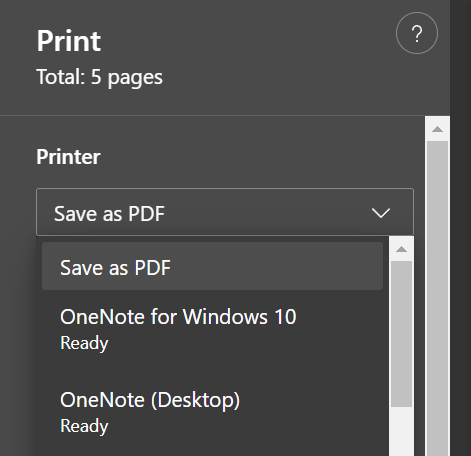Early Warning Systems (EWS)
EWS Supported by High Resolution and Probabilistic Hazard Maps
Climate Adaptation Effectiveness
Several hazard events from 2012-2016 were averted with the partnership of the Pre-Disaster Risk Assessment (PDRA) and hazard tracking agencies. The PDRA, spearheaded by the Disaster Risk Reduction Management Council (NDRRMC), is organized to assess the effects and extent of a hazard in different areas affected by it. With its creation, PAGASA, MGB (Mines and GeoSciences Bureau), and Project NOAH were tapped for data collection, detection, monitoring, as well as dissemination of information [2].
Climate Hazards
- Rain-Induced Flooding
- Rain-Induced Landslide
- Tropical Cyclone
Locations
- , Region VIII (Eastern Visayas)
- , Region X (Northern Mindanao)
Adaptation Sectors
- Agriculture
- Disaster Risk Reduction
- Water Management
CCET Instuments
- Action Delivery
Target Group based on Vulnerability
Basic Sectors:
- Artisanal Fisherfolk
- Businesses
- Children
- Farmers and Landless Rural Workers
- Formal Labor and Migrant Workers
- Indigenous Peoples
- Persons with Disabilities
- Senior Citizens
- Urban Poor
- Women
- Workers in the Informal Sector
- Youth and Students
Evaluations
Economic / Financial Effectiveness
The use of high resolution and multi-scenario hazard maps can avoid economic or financial loss. However, due to the use of high-end technology to track hazards and produce high resolution maps, this solution entails high cost as this requires round the clock data collection, detection, and monitoring.
Technical Feasibility
In order to issue an emergency alert and warning message, several levels and groups must be consulted and coordinated. It starts with calling a PDRA and inviting agencies and institutions with relevant input, to discuss the data collected and the current monitoring status then the accompanying hazards and their extent and intensities. Up until early 2017, PAGASA, MGB, and Project NOAH were all consulted during the PDRA [4]. The Core Group of the PDRA then creates a risk analysis and assessment to determine the appropriate decision and response that the national and local government units should employ. The PDRA also considers historical events and probabilistic instances to cover all possible scenarios. This will then be relayed to NDRRMC to issue the emergency alert and warning message, if needed [3]. All agencies and institutions assigned to data collection, detection, and monitoring will proceed with round the clock monitoring if needed and if the rainfall values become larger than 100mm, the NDRMMC head of the municipality or the mayor will be informed of the situation [2].
Social Acceptability
As mentioned by the Philippine Councilors League of Northern Mindanao in their resolution requesting the reconsideration of the termination of Project NOAH, the data and the platform provided by Project NOAH are easily accessible. It is utilized by the local government units to monitor in real-time the status of their area which allows them to strategize a prompt disaster response to mitigate the effects of the hazard [5] [2].
Environmental Impact
There is no direct environmental impact for this solution.
Mitigation co-benefit
There is no direct mitigation co-benefit for this solution.
Keywords
early warning system, hazard-specific, area-focused, time-bound warnings, high resolution multi-scenario hazard maps, hazard maps, hazard events; disaster risk management
References
